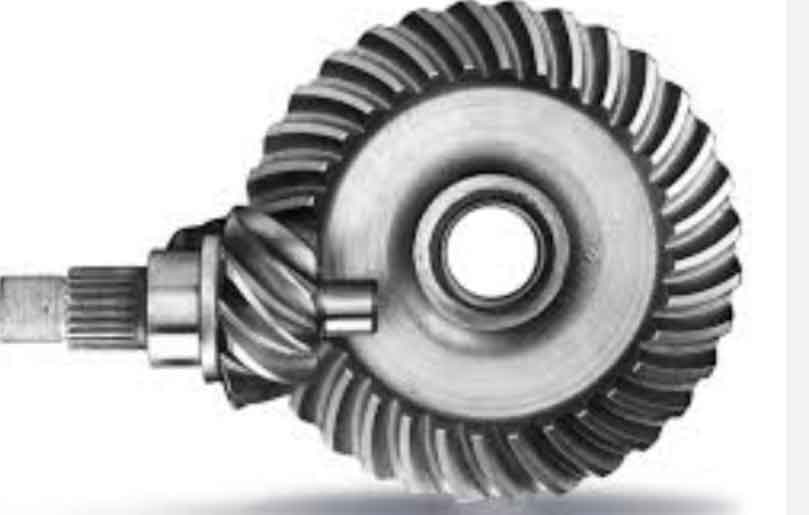Hypoid gears are increasingly being used in renewable energy applications to drive sustainable solutions and improve the efficiency of power generation systems. Some of the notable applications of hypoid gears in the renewable energy sector include:

1. Wind Turbines:
Hypoid gears play a crucial role in wind turbines, which harness wind energy to generate electricity. They are used in the turbine’s main gearbox to transmit the rotational motion from the wind turbine’s rotor to the electrical generator. The offset nature of hypoid gears allows for efficient torque transmission, making them well-suited for this application.
2. Hydroelectric Power Plants:
In hydroelectric power plants, hypoid gears are utilized in the turbines to convert the energy of falling or flowing water into mechanical energy, which is then used to generate electricity. The offset configuration of hypoid gears is beneficial for accommodating space constraints in the power plant’s machinery.
3. Tidal Energy Generation:
Hypoid gears can also be employed in tidal energy systems, where they convert the kinetic energy of tidal movements into rotational motion for electricity generation. These systems benefit from the high torque capacity and efficiency of hypoid gears, making them ideal for the varying tidal flow conditions.
4. Solar Tracking Systems:
In solar tracking systems, which follow the sun’s movement to maximize solar energy collection, hypoid gears are utilized to achieve precise and smooth motion. Their quiet operation and high efficiency are advantageous for ensuring optimal solar panel alignment.
5. Geothermal Power Plants:
Hypoid gears can be used in geothermal power plants, which harness heat from the Earth’s interior to generate electricity. They play a role in driving the power plant’s turbines to convert thermal energy into mechanical energy.
The use of hypoid gears in renewable energy applications contributes to the overall efficiency and performance of these systems, enhancing their ability to generate clean and sustainable energy. The benefits of hypoid gears, such as their high torque capacity, efficiency, and quiet operation, make them well-suited for the demanding and diverse conditions encountered in renewable energy generation.
As the world continues to transition toward more sustainable energy sources, the demand for innovative and reliable gear solutions, such as hypoid gears, is expected to grow, driving further advancements in gear technology for renewable energy applications.
